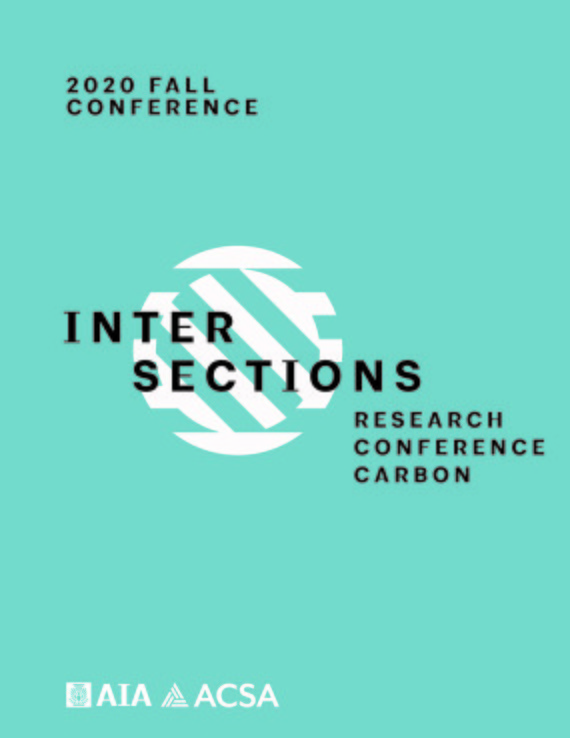Author(s): Alexandros Tsamis, Theodorian Borca-Tascuic & Youngjin Hwang
The built environment is responsible for nearly 40% of global energy use, significantly contributing to carbon emissions. Targeting a carbon negative future would require a rethinking of the way we heat and cool buildings, distancing ourselves from the predominant model for the building envelope as a boundary that excludes the weather and instead adopting alternatives that transform the building envelope to a mediator that actively regulates heat exchange. In this paper, we explore the potential for a building boundary that actively heats and cools a building by forming dynamic relationships with surroundings. Most decarbonizing efforts today focus on realizing net-zero operational carbon either via the production and distribution of renewable energy or via passive house strategies that target the reduction of the active energy demand. We propose a third alternative. Instead of an endothermic model for heating and cooling in which energy is brought in the interior, transformed by a mechanical system and then distributed, we propose an ectothermic envelope system that dynamically forms a relationship with its environment, by choosing to absorb or release heat directly from or to the environment. From a design perspective, we will show a modular building energy system, comprised of a double hydronic heating and cooling layer. In essence, we are developing for a building, the equivalent to a vascular system that can move liquids at different locations to thermo-regulate. We will show how this vascular system can use ambient heat as heating and cooling sources for a building. From a more technical perspective, since all simulation tools available today assume an endothermic approach, we will show an alternative using Modelica and co-simulation for simulating an ectothermic approach. We are developing a weather chamber, which can generate an artificial version of the weather from data to test how our system would dynamically respond.
https://doi.org/10.35483/ACSA.AIA.FallInterCarbon.20.31
Volume Editors
Corey T. Griffin & Erica Cochran Hameen
ISBN
978-1-944214-35-7

 Study Architecture
Study Architecture  ProPEL
ProPEL 
